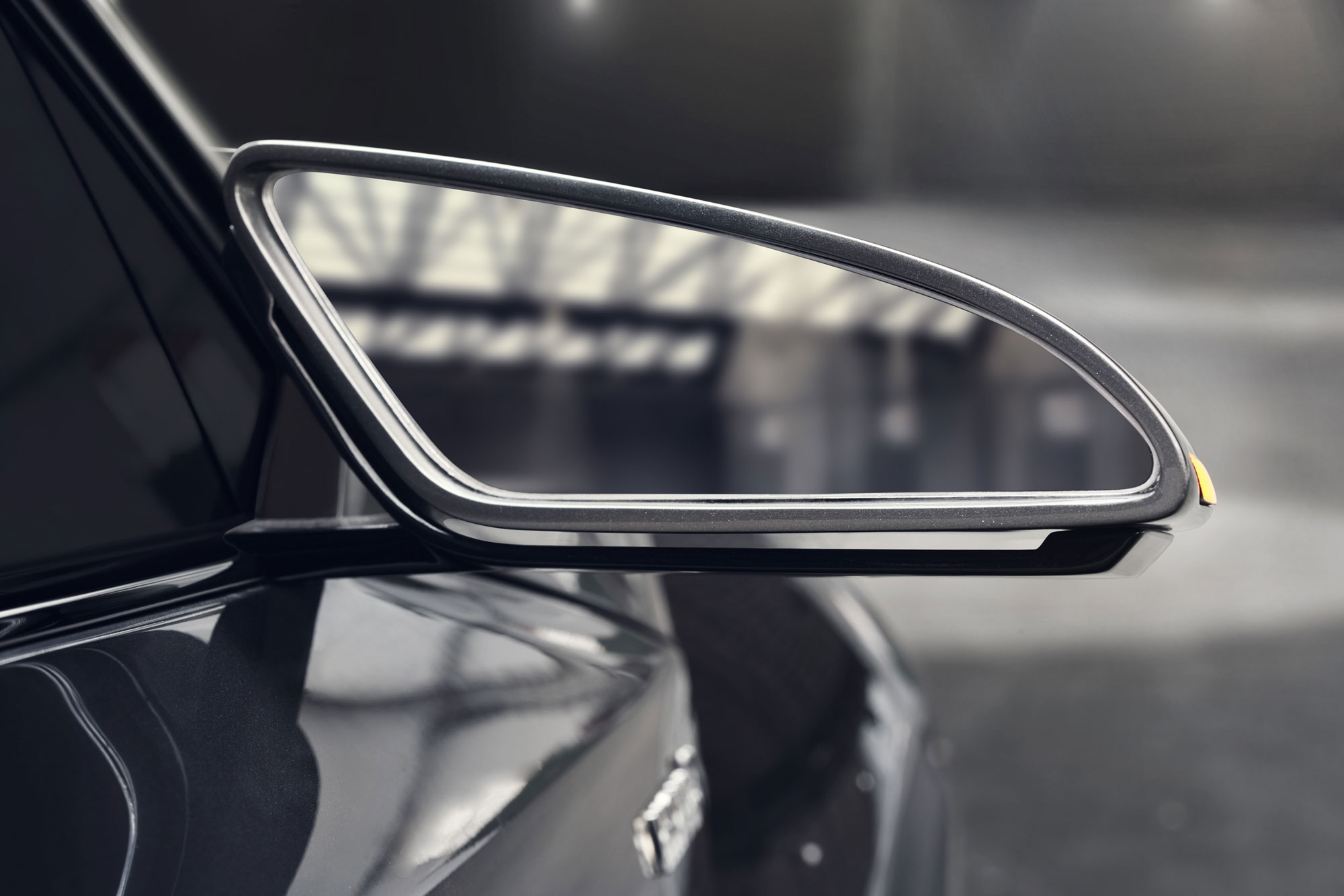

Articles
How Should Side Mirrors Be Positioned
Modified: December 7, 2023
Learn how to properly position your side mirrors for optimal visibility and safety while driving. Read our informative articles on side mirror positioning techniques.
(Many of the links in this article redirect to a specific reviewed product. Your purchase of these products through affiliate links helps to generate commission for Storables.com, at no extra cost. Learn more)
Introduction
Side mirrors, also known as wing mirrors or door mirrors, are an essential component of any vehicle. They provide a secondary field of vision that complements the view provided by the rearview mirror. Properly positioned side mirrors can greatly enhance the safety and driving experience by reducing blind spots and increasing overall visibility.
It is crucial for drivers to understand the importance of correctly positioning their side mirrors. In this article, we will explore why properly adjusted side mirrors are essential, factors to consider when positioning them, and tips for adjusting them to achieve optimal visibility.
Whether you are a new driver or have been on the road for years, understanding how to position your side mirrors correctly can make a significant difference in your driving experience and overall safety.
Key Takeaways:
- Properly positioned side mirrors expand visibility, reduce blind spots, and enhance safety. Adjust them to complement the rearview mirror and regularly check and fine-tune their angles for optimal visibility.
- Utilize reference points, seek passenger assistance, and adjust based on driving conditions to ensure side mirrors are correctly positioned. Consider advanced mirror systems for enhanced visibility and seek professional help if needed.
Read more: How To Position Pillows For Side Sleepers
Importance of Properly Positioned Side Mirrors
Properly positioned side mirrors are crucial for ensuring maximum visibility while driving, reducing blind spots, and minimizing the risk of accidents. Here are some key reasons why having your side mirrors correctly adjusted is important:
- Expanded Field of Vision: Side mirrors that are properly positioned extend the field of vision beyond what the rearview mirror can provide. They allow you to see approaching vehicles, cyclists, pedestrians, and other potential hazards in the adjacent lanes.
- Reduced Blind Spots: A correctly adjusted side mirror can significantly reduce blind spots, which are areas around the vehicle that are not visible through the rearview or side mirrors. By positioning the side mirrors correctly, you can minimize the chances of missing out on vehicles approaching from the sides.
- Enhanced Lane Change Safety: With properly positioned side mirrors, you can confidently change lanes, knowing there are no vehicles in your blind spots. This helps prevent collisions and makes lane changes smoother and safer.
- Improved Parking and Maneuvering: Whether parallel parking or maneuvering in tight spaces, having side mirrors set correctly gives you a better view of the surroundings. This makes parking and maneuvering easier and decreases the chances of accidentally hitting objects or other vehicles.
- Increased Situational Awareness: Properly adjusted side mirrors enable you to have a clearer sense of the traffic conditions around you. This allows you to react better to potential hazards, such as merging vehicles or sudden lane changes by other drivers.
Overall, having your side mirrors positioned correctly is vital for maintaining a comprehensive view of your surroundings, aiding in safe driving practices, and minimizing the risk of accidents or collisions.
Factors to Consider in Positioning Side Mirrors
Positioning your side mirrors correctly involves taking several factors into consideration. Here are some key factors to keep in mind:
- Driver’s Seat Position: Adjust your seating position first before positioning your side mirrors. Sit in a comfortable position with your hands on the steering wheel. This ensures that the mirrors are adjusted according to your specific line of sight.
- Legal Requirements: Different countries and regions have specific legal requirements regarding side mirror positioning. Familiarize yourself with the local regulations to ensure compliance.
- Optimal Viewing Angle: Position the side mirrors so that they provide a wide-angle view of the rear of the vehicle, while also minimizing blind spots. This may require angling the mirrors slightly outward.
- Overlap with Rearview Mirror: Avoid redundant views by adjusting the side mirrors to extend the field of vision beyond what can be seen in the rearview mirror. This reduces duplication and enhances overall visibility.
- Personal Preference: Take into account your own driving style and preferences. Some drivers prefer more coverage to minimize blind spots, while others may prefer a narrower view for better depth perception. Experiment with different mirror positions to find the one that suits you best.
It’s important to note that adjusting side mirrors is a subjective process and may vary from person to person. The goal is to find a positioning that maximizes your visibility and minimizes blind spots while driving.
When positioning your side mirrors, make sure they are adjusted so that you can just barely see the side of your car in the inner edge of the mirror. This will help eliminate blind spots and improve overall visibility.
Adjusting Side Mirrors for Optimal Visibility
To achieve optimal visibility, follow these steps to adjust your side mirrors:
- Start with the Rearview Mirror: Adjust your rearview mirror to provide a clear view directly behind your vehicle. This will act as a reference point for adjusting your side mirrors.
- Driver’s Side Mirror: Lean towards the driver’s side, close to the window, and adjust the mirror so that you can see the side of your vehicle from the corner of your eye. This reduces the blind spot on the driver’s side.
- Passenger’s Side Mirror: Lean towards the center of your vehicle and adjust the passenger’s side mirror to provide a view that complements the rearview mirror. You should be able to see the side of your vehicle from the corner of your eye.
- Fine-tuning the Angles: Sit back in a comfortable driving position and check the positioning of your side mirrors. Make adjustments to ensure they provide a wide-angle view of the surrounding lanes, without overlapping with the rearview mirror.
- Test it on the Road: Take your vehicle for a test drive and assess the visibility provided by the side mirrors. Pay attention to any blind spots or areas that may still be obstructed. Adjust the mirrors further if necessary.
- Regularly Check and Adjust: Side mirrors can become misaligned due to vibrations or accidental bumps. Make it a habit to check and readjust your side mirrors periodically to maintain optimal visibility.
Remember, the goal is to eliminate blind spots and extend your field of vision to ensure maximum visibility around your vehicle. By following these steps and regularly checking your mirror positioning, you can enhance your driving safety and awareness.
Tips for Checking and Correcting Side Mirror Positions
Checking and correcting the position of your side mirrors is essential for maintaining optimal visibility while driving. Here are some helpful tips to ensure your side mirrors are properly adjusted:
- Utilize Reference Points: Use fixed objects such as road signs or the markings on the pavement to gauge the position of your side mirrors. They can serve as reference points to ensure consistent and accurate adjustments.
- Enlist the Help of a Passenger: Have a passenger assist you in checking blind spots and ensuring proper mirror alignment. They can provide valuable feedback from their perspective, helping you make precise adjustments.
- Make Frequent Mirror Checks: While driving, glance at your side mirrors periodically to verify that they are correctly positioned. This will help you identify any misalignment or blind spots that may need adjustment.
- Adjust Based on Driving Conditions: Depending on the driving conditions, such as heavy traffic or changing lanes on a highway, you may need to tweak the position of your side mirrors to optimize visibility for specific situations.
- Use Additional Aids if Needed: If you find that your side mirrors alone do not provide sufficient visibility, consider using additional aids such as blind spot mirrors or rear-facing cameras. These can provide an extra layer of safety by eliminating blind spots.
- Consider Advanced Mirror Systems: Many modern vehicles come equipped with advanced mirror systems that offer enhanced visibility features, such as automatic adjustments, blind spot detection, or integrated cameras. Familiarize yourself with the capabilities of your vehicle’s mirror system to maximize your safety on the road.
- Seek Professional Assistance if Necessary: If you are having difficulty properly aligning your side mirrors, consider seeking help from a professional, such as a mechanic or driving instructor. They can provide expert guidance and ensure your mirrors are positioned correctly.
Remember, properly adjusted side mirrors are a critical component of safe driving. By following these tips and regularly checking your mirror positions, you can greatly enhance your visibility and minimize the risk of accidents on the road.
Read more: How Much Are Side Mirrors
Conclusion
Properly positioned side mirrors are essential for maintaining optimal visibility and safety while driving. By adjusting your side mirrors correctly, you can expand your field of vision, reduce blind spots, and enhance your overall situational awareness.
When positioning your side mirrors, take into consideration factors such as your seating position, legal requirements, optimal viewing angles, and personal preferences. Adjust the mirrors so that they provide a wide-angle view of the surrounding lanes without overlapping with the rearview mirror.
Regularly check and correct the positioning of your side mirrors to ensure they remain optimally adjusted. Use reference points, seek assistance from passengers, and make adjustments based on driving conditions to fine-tune the mirror positions. Consider using additional aids or advanced mirror systems if needed to further enhance visibility.
Remember, the goal is to minimize blind spots, improve lane change safety, and enhance your ability to park and maneuver. By paying attention to your side mirror positioning, you can greatly reduce the risk of accidents and promote safer driving practices.
Stay proactive and make mirror adjustments a routine part of your driving habits. By prioritizing proper mirror positioning, you can enjoy a safer driving experience and have greater confidence on the road.
Frequently Asked Questions about How Should Side Mirrors Be Positioned
Was this page helpful?
At Storables.com, we guarantee accurate and reliable information. Our content, validated by Expert Board Contributors, is crafted following stringent Editorial Policies. We're committed to providing you with well-researched, expert-backed insights for all your informational needs.
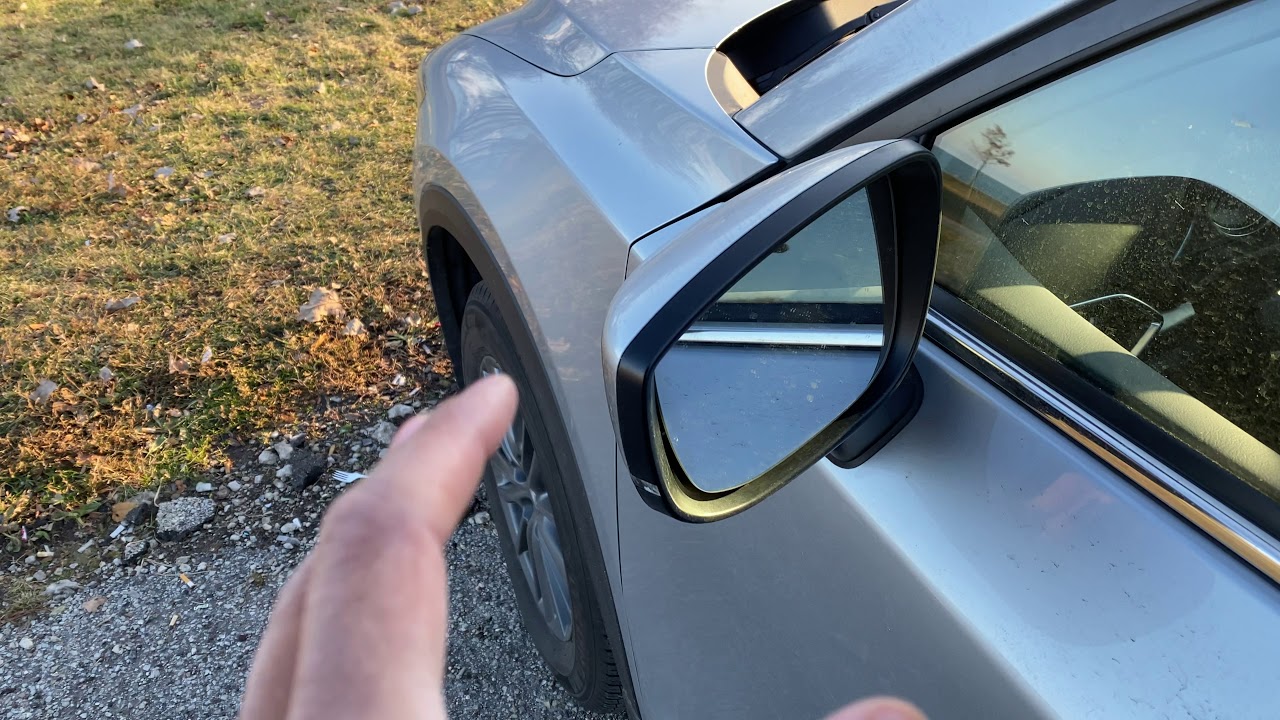

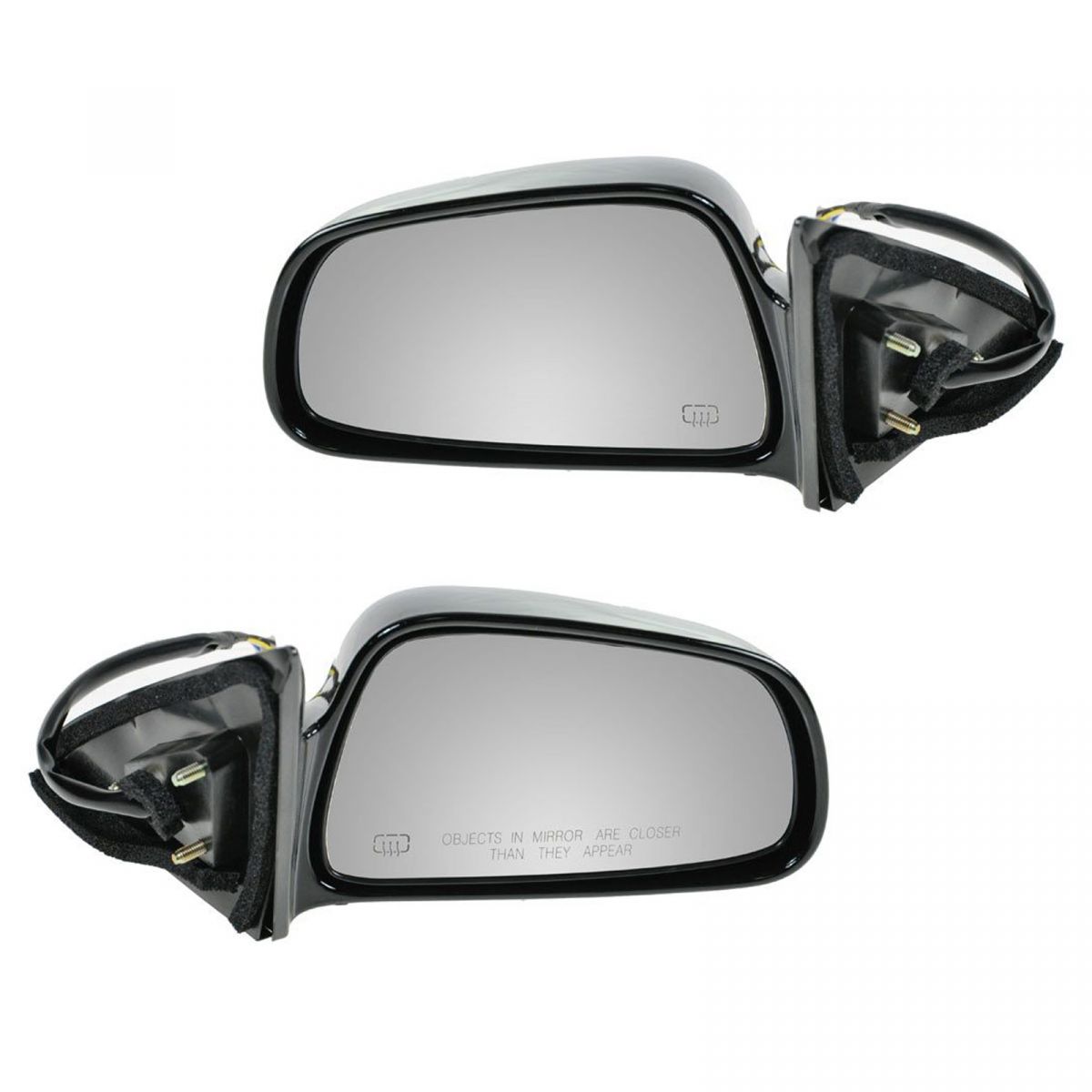
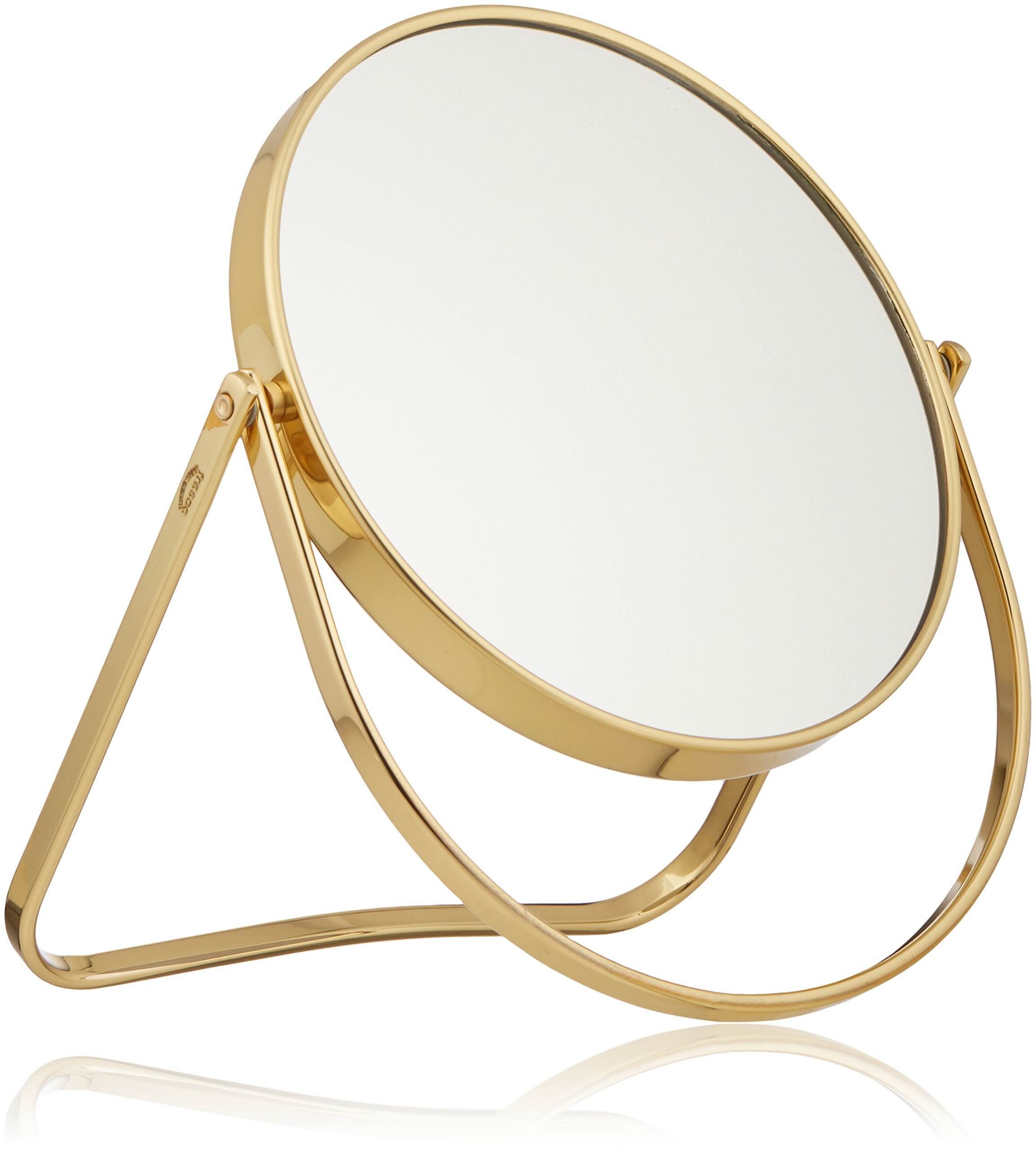
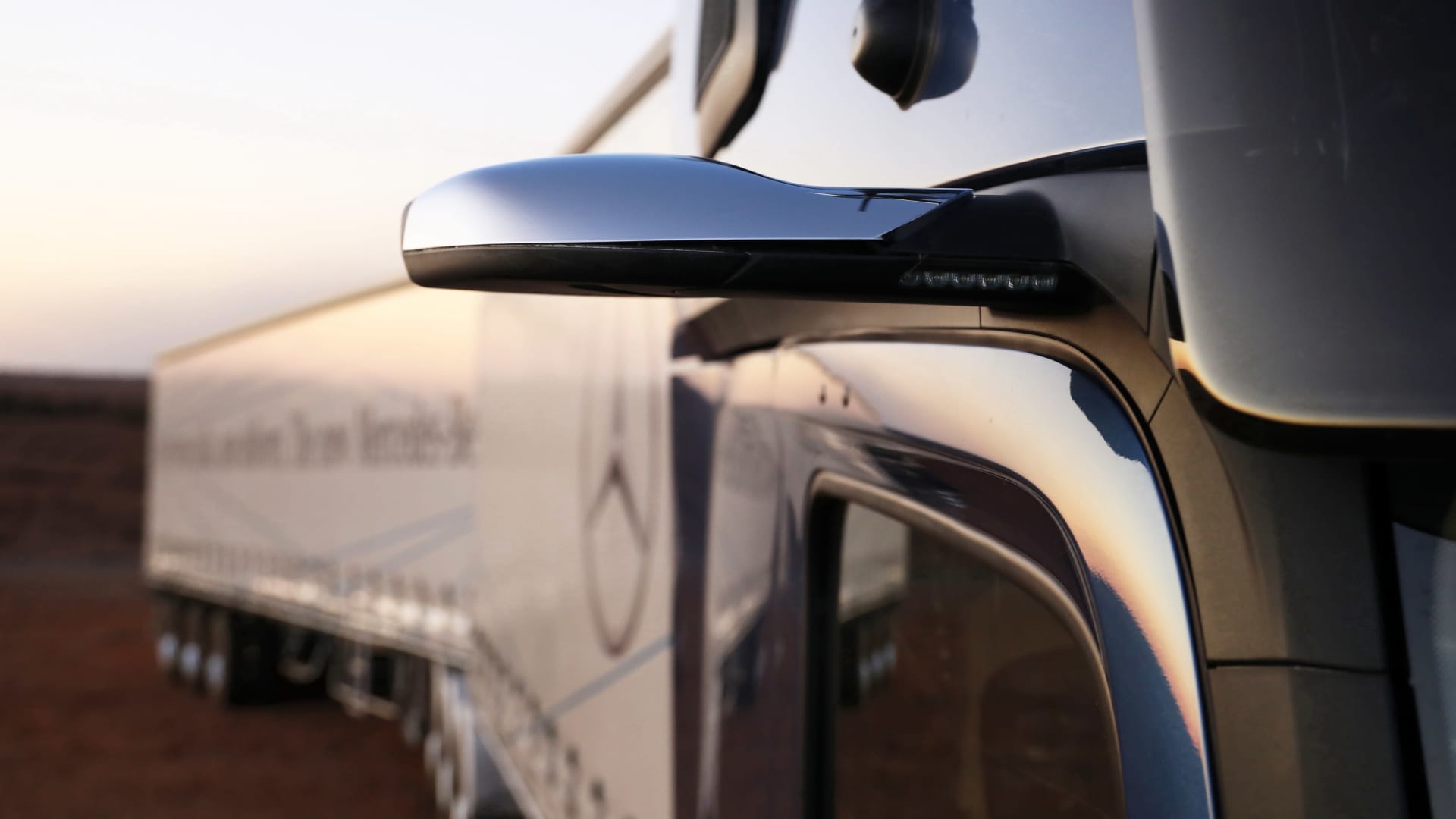
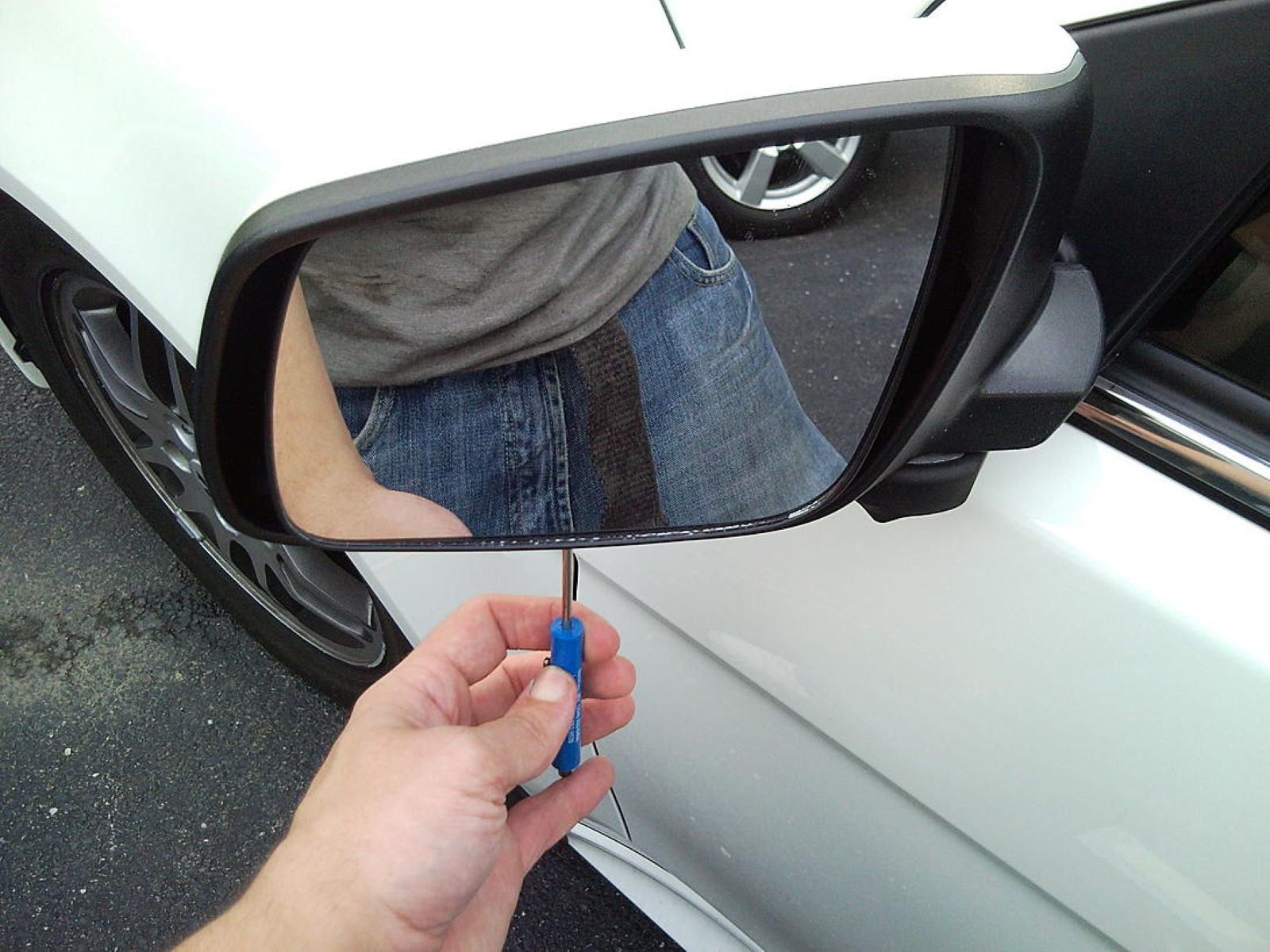
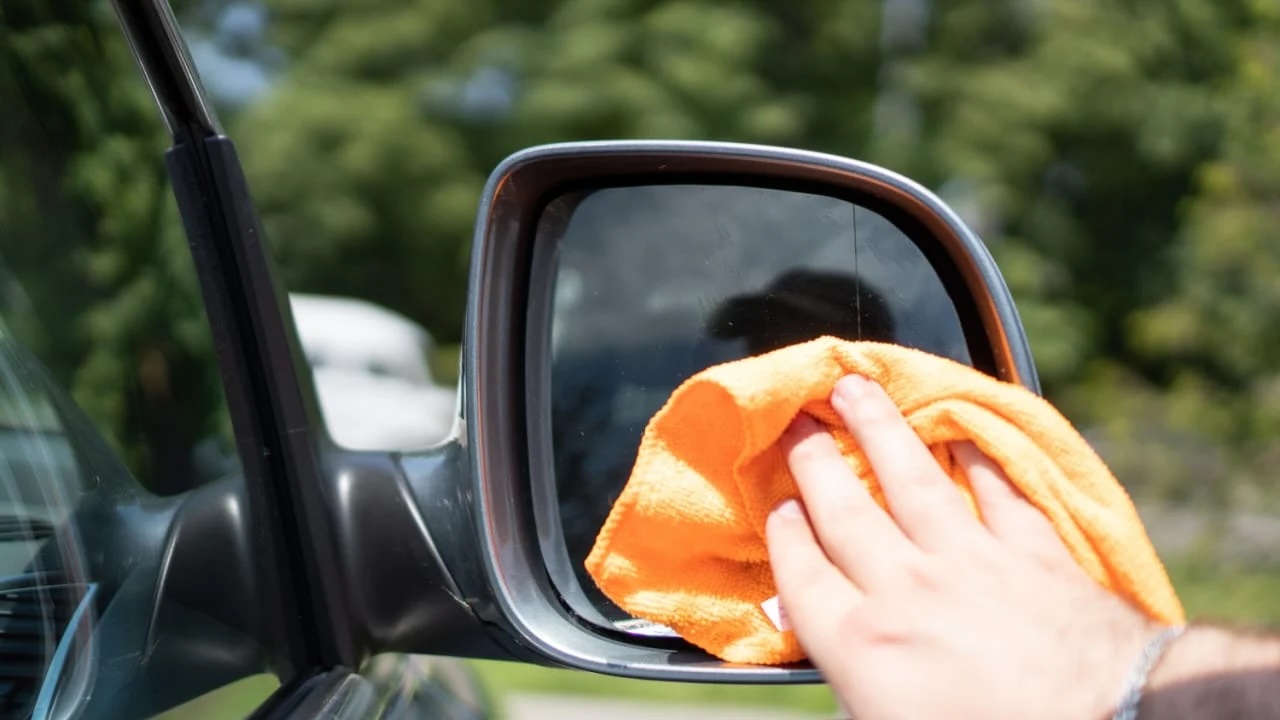


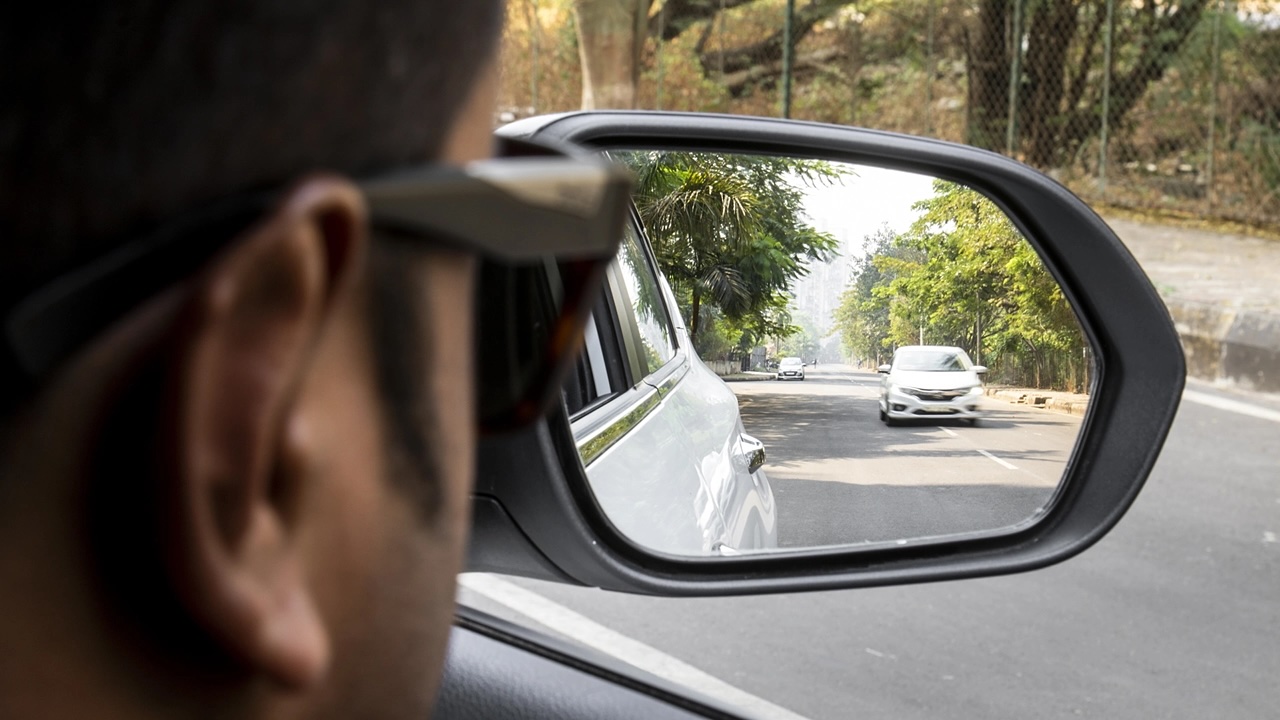
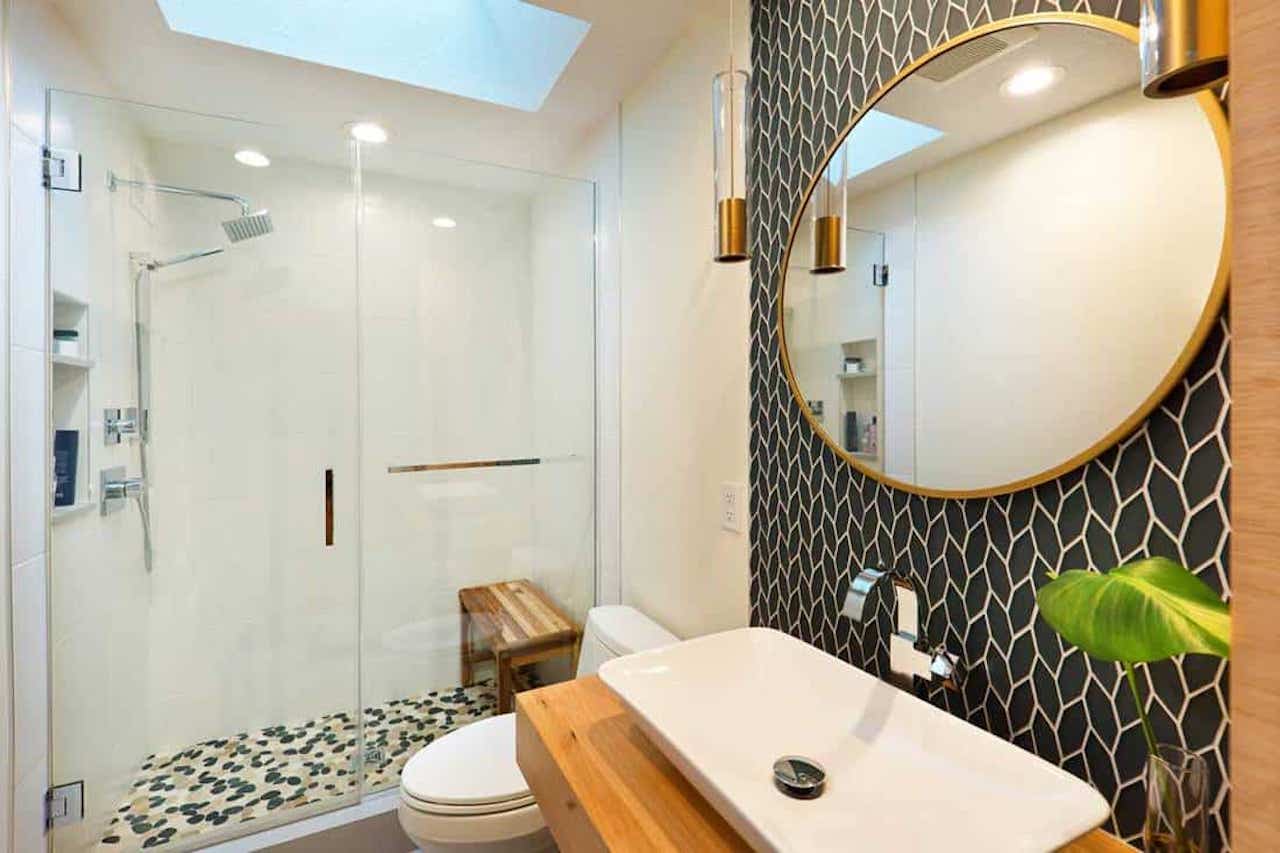
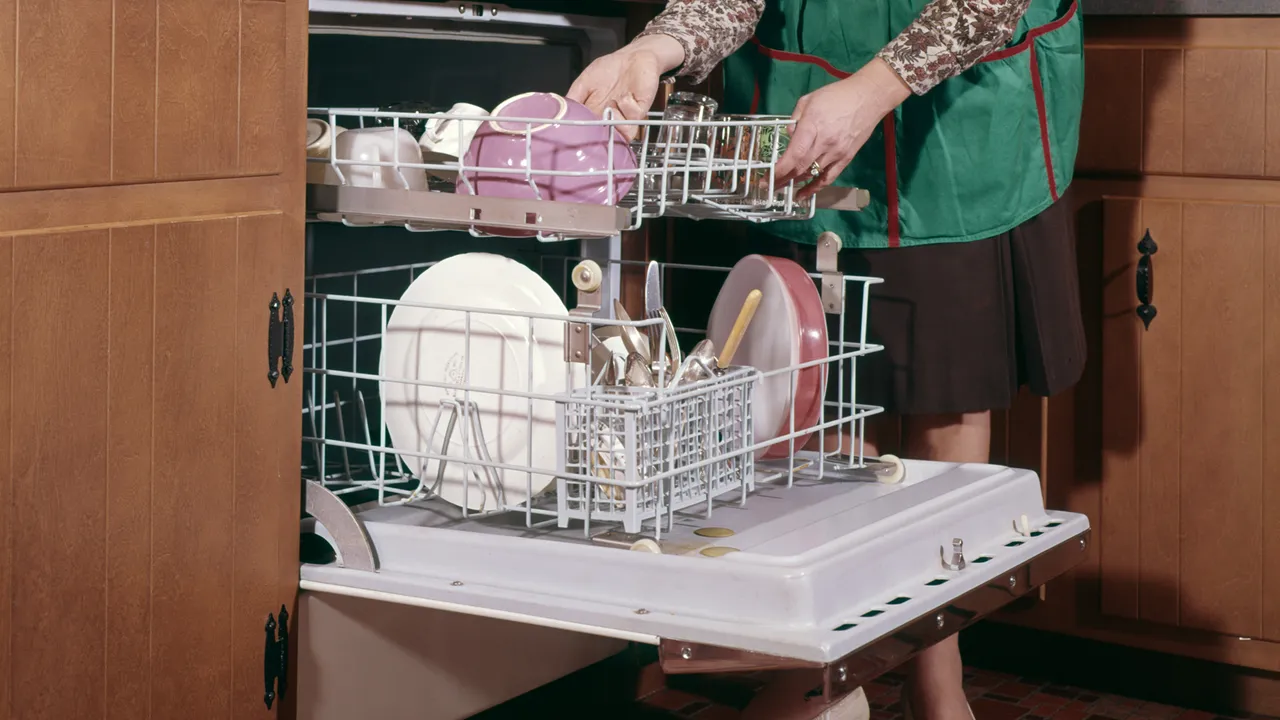



0 thoughts on “How Should Side Mirrors Be Positioned”